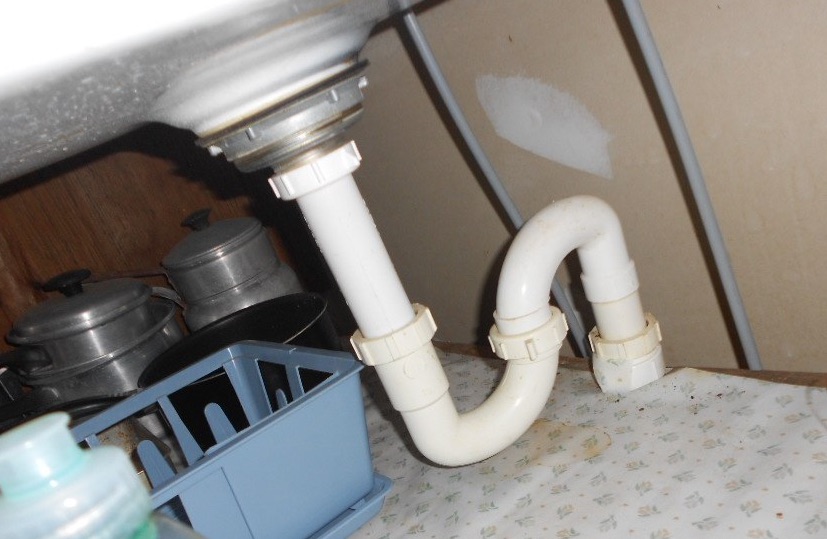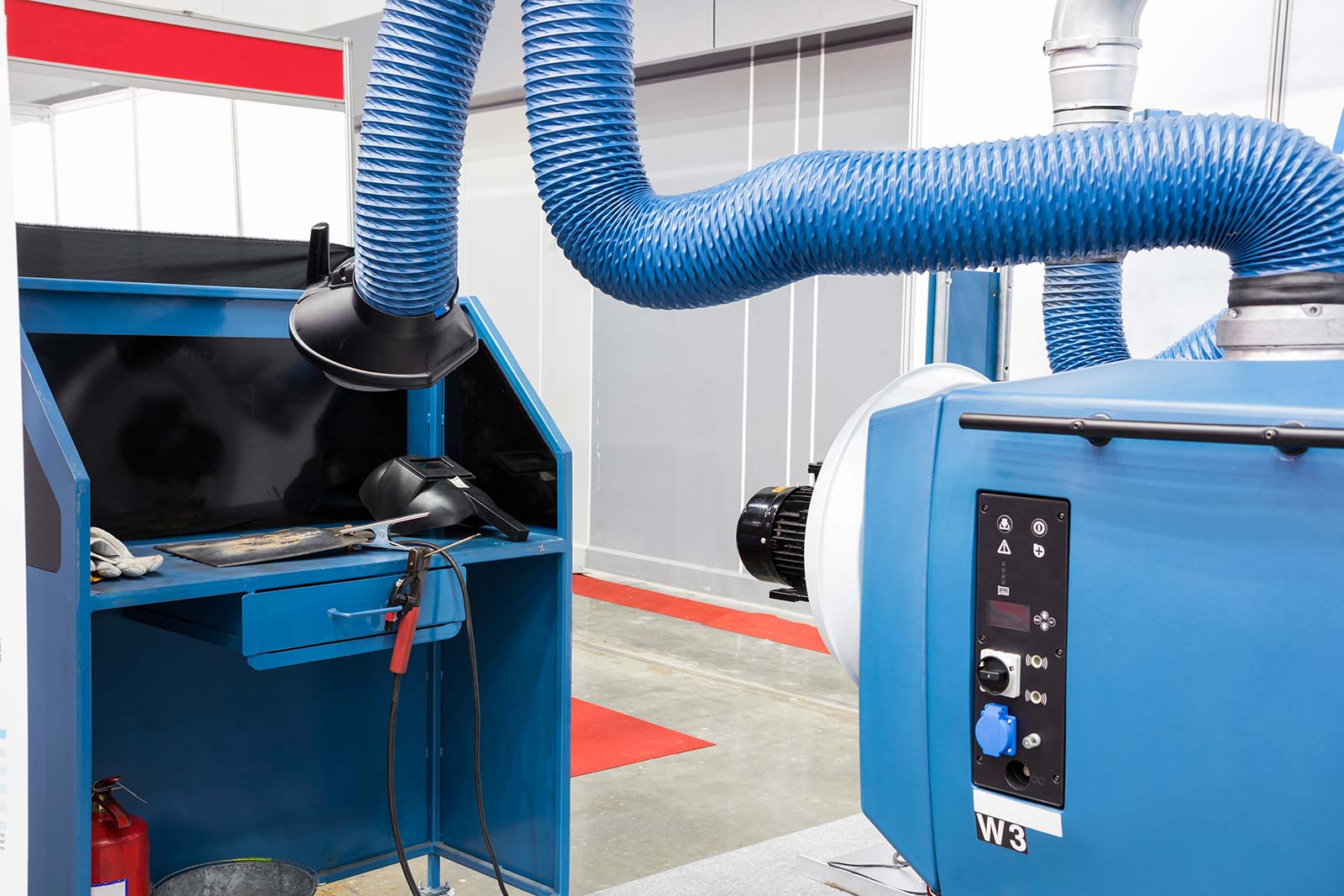Why Correct Ventilation Matters in Plumbing Systems
Why Correct Ventilation Matters in Plumbing Systems
Blog Article
Just how do you feel about Essential Plumbing Vent Pipes: Understanding Their Role?

Correct air flow in plumbing systems is usually forgotten, yet it is crucial for keeping the capability and safety of your home's plumbing. Ventilation aids manage atmospheric pressure, stop the build-up of harmful gases, and guarantee the effective removal of waste. In this guide, we will discover the importance of appropriate plumbing ventilation, just how it functions, and the benefits it gives your pipes system.
Comprehending Ventilation in Plumbing
Air flow in plumbing describes the network of pipelines that allow air to flow through the water drainage system. These vents offer multiple functions, consisting of managing atmospheric pressure within the pipelines, protecting against drain gases from getting in the home, and aiding in the smooth flow of wastewater.
Exactly How Ventilation Works in Pipes Solutions
Atmospheric Pressure Regulation
Appropriate air flow maintains well balanced atmospheric pressure within the plumbing system. When water flows via pipes, it displaces air. Without appropriate air flow, this displacement can create unfavorable stress, leading to slow down drains pipes or siphoning of water from traps, which can trigger unpleasant odors to seep right into the home.
Protecting Against Sewage System Gas Buildup
One of the most crucial features of pipes vents is to avoid drain gases, such as methane and hydrogen sulfide, from collecting within the home. These gases can present significant wellness threats and are highly combustible. Vent pipelines permit these gases to run away safely outside.
Helping in Waste Elimination
Air flow aids in the efficient elimination of wastewater by avoiding airlocks in the drainage system. When air can flow openly via the vents, it enables water and waste to flow efficiently with the pipes, reducing the danger of obstructions and back-ups.
Types of Pipes Vents
Main Stack Vent
The primary pile air vent, also referred to as the air vent pile, is the primary air vent in a pipes system. It prolongs from the major drainpipe align through the roof covering, enabling gases to run away and fresh air to enter the system.
Branch Vent
Branch vents attach to the major stack vent and offer specific components, such as sinks, toilets, and showers. These vents make sure that each fixture has sufficient air flow to work appropriately.
Air Admittance Valve (AAV).
An Air Admission Valve (AAV) is a one-way shutoff that enables air to enter the pipes system without the need for a typical vent pipe expanding via the roofing system. AAVs are frequently utilized in improvements or areas where setting up a basic air vent is impractical.
Signs of Poor Ventilation in Plumbing.
Slow Draining Fixtures.
If your sinks, bathtubs, or commodes are draining gradually, maybe an indicator of inadequate ventilation. Poor air circulation can create a vacuum result, making it difficult for water to drain pipes properly.
Gurgling Appears.
Gurgling sounds originating from drains are commonly a result of air being sucked through water catches as a result of unfavorable stress in the pipes. This is a clear indicator of insufficient air flow.
Unpleasant Smells.
Sewer odors inside your home are a warning that your pipes system is not effectively aerated. This might indicate that sewer gases are not being appropriately aired vent outside, leading to possibly harmful problems.
Usual Ventilation Errors.
Poor Vent Sizing.
Making use of undersized air vent pipes can cause inadequate air circulation and pressure imbalances in the system. It's necessary to use vents that meet the certain requirements of your pipes system.
Improper Vent Placement.
Putting vents as well much from the components they serve can lower their effectiveness. Proper placement guarantees that air can move easily and efficiently via the system.
Disregarding Code Demands.
Building regulations provide certain standards for plumbing air flow. Disregarding these codes can cause a system that falls short to operate appropriately and might lead to pricey repairs or carcinogen.
Advantages of Appropriate Air Flow.
Enhanced System Performance.
Properly ventilated plumbing systems run a lot more effectively, with less blockages, faster draining, and less stress on the pipelines. This performance prolongs the lifespan of the pipes system.
Improved Air Quality.
By avoiding sewage system gases from entering your home, proper air flow adds to much better interior air top quality, making your living environment healthier and extra comfy.
Preventing Water Damage.
Adequate air flow helps stop water from being siphoned out of traps, which can lead to sewer gases entering the home and triggering water damage in time.
Steps to Guarantee Correct Air Flow.
Consulting Pipes Codes.
Always seek advice from regional plumbing codes when making or modifying your pipes system. These codes supply the necessary standards for correct venting and guarantee your system meets safety and security requirements.
Routine Assessment and Upkeep.
Normal assessments can aid recognize potential ventilation issues prior to they end up being significant problems. Maintenance jobs, such as cleansing air vent pipelines and checking for blockages, are necessary for maintaining the system in good working order.
Professional Setup.
For new installations or significant modifications, it's smart to work with a professional plumbing. They have the knowledge to make sure the ventilation system is appropriately designed and set up according to code.
Verdict.
Correct air flow is an important component of any kind of pipes system, ensuring that it functions successfully and securely. By understanding the importance of ventilation, recognizing the indicators of bad air flow, and taking steps to keep your system, you can prevent expensive problems and safeguard your home's air top quality.
4 Things You Should Know About Your Plumbing Vents
What Plumbing Vents Are
Also called a vent stack, a plumbing vent is a vertical pipe attached to your drain line that runs through your roof. The plumbing vent pipe, or plumbing air vent, removes gas and odors from your plumbing system and allows fresh air to enter the pipes, helping the water to flow out of the drain pipes.
What Plumbing Vents Do
Plumbing vents have two basic functions. One of which is to allow unpleasant smelling wastewater and sewer gasses to escape your plumbing system instead of entering your home. Plumbing vent pipes are typically located on roofs, away from windows, to ensure the fumes exit the home completely.
The other function of the plumbing vent is to move fresh air into your plumbing system. This helps move water through every plumbing fixture in your house, like toilets and sink drains. Think of the way in which you need to let a little air into the bottle as you pour soda in order to make the drink flow smoothly.
Different Types of Plumbing Vents
True vent: This is the most common vent option. In simplest terms, a true vent is a vertical pipe attached to your drain line that exits through the roof. They often function as the main vent that other fixtures can connect to. Re-vent pipe or auxiliary vent: Attached to the drain line near specific plumbing fixtures, re-vent pipes run up and over to connect to the main vent. Common vent: Two plumbing fixtures installed on opposite sides of a wall are typically tied into the vent stack using something known as a sanitary cross. Wet vent: This venting option operates as a drain pipe and a vent at the same time. Wet vent drainage systems drain water from one fixture while venting the air from another. Although they’ve been used for over 100 years, wet vent systems have only recently been added to the plumbing code in many areas. If you’re planning on installing one in a bathroom remodel, make sure you check your local code prior to construction. Loop vent: For free-standing fixtures like kitchen island sinks, loop vents are ideal. These vent pipes run under the floor, rise from the P-trap, and create a loop inside the cabinet sink. Air admittance valve: An AAV is a one-way mechanical valve typically installed at the site of the plumbing fixture. AAVs allow venting to occur without having to tie into a larger venting system. They’re ideal for venting fixtures where you aren’t able to easily connect to an existing vent system. Common Plumbing Vent Issues
Although vent pipes typically don’t have water flowing through them, they’re still subject to many typical plumbing issues. For example, clogs are one of the most common problems associated with sewer vent pipes. If your vent pipe gets clogged, all of your plumbing fixtures tied into the vent stack will be affected.
A sink with a slow drain that bubbles and gurgles or a strong sewage smell around your toilet are both indicators that your toilet vent pipe is clogged. Because most vent pipes exit through the roof, old leaves, twigs or even a bird’s nest could be clogging the pipe.
Clogs in your vent pipe system cause a buildup of negative pressure, meaning that water won’t be able to flow out of your home very well. It’s similar to putting your finger over the opening of a straw to trap water inside. When you remove your finger, the water is able to flow out of the straw.
If you suspect you have any blockage in your vent, make sure you have a professional come examine the situation. Left unchecked, a blocked air vent can lead to other costly repairs, like leaks and sediment buildup.
Under Pressure
Pipe vents are essential aspects of a home’s plumbing system. Owning a home means learning about all sorts of things you never put much thought into before. But by understanding as much as you can about the important systems of your home, you can keep those budgets intact and those anxiety levels low.
https://www.homeserve.com/en-us/blog/home-improvement/plumbing-vents/

Do you like more info about Essential Plumbing Vent Pipes: Understanding Their Role? Put a remark directly below. We would be pleased to know your views about this page. We are looking forward to see you back again in the future. Enjoyed our review? Please quickly share it. Let someone else locate it. I truly appreciate reading our article about .
Details Here Report this page